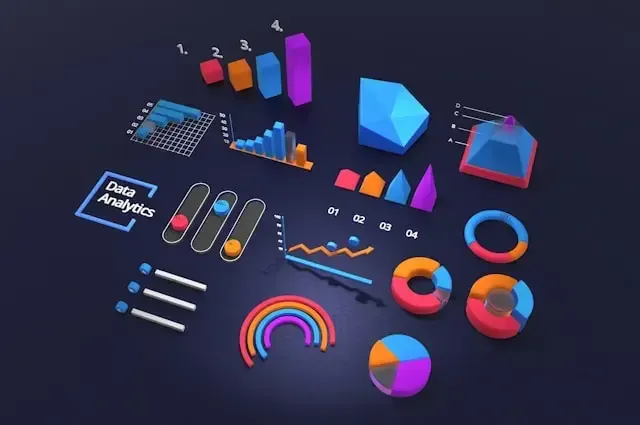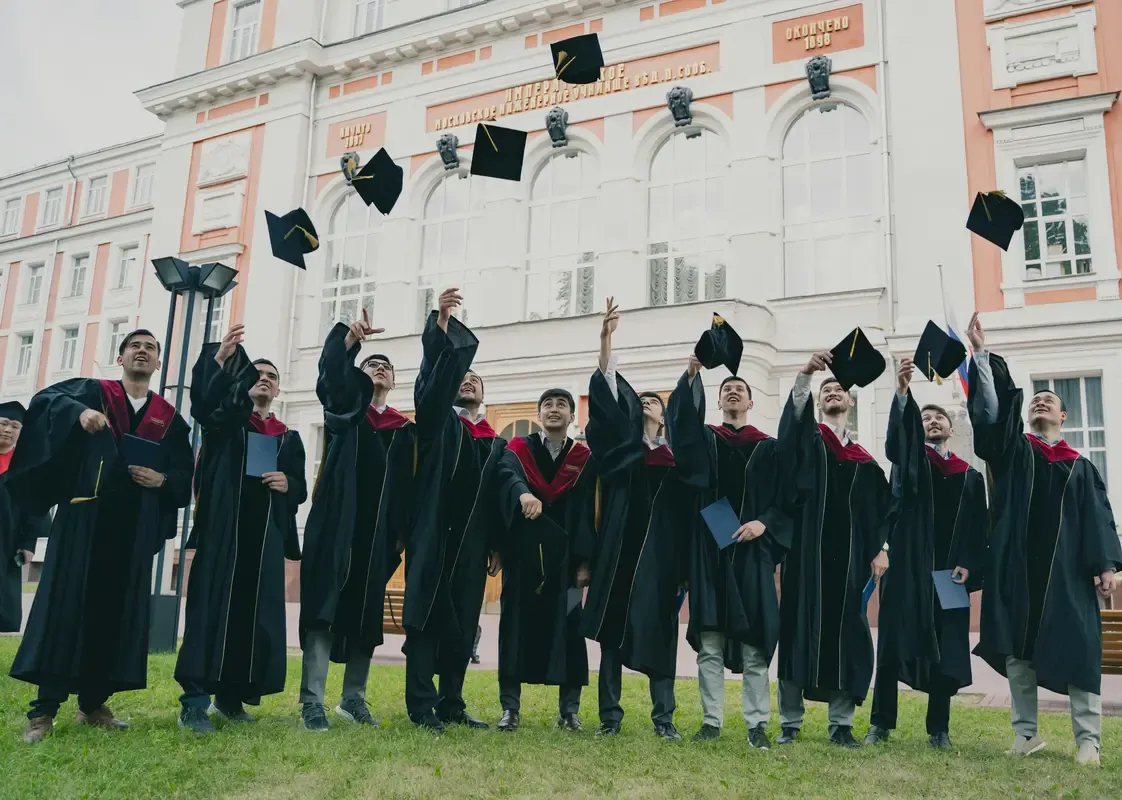In this article, we’ll talk about how to use plastic wisely, how to reuse it, and how to recycle it to help keep our planet clean and healthy.
Plastic is everywhere. From the toys we play with to the bottles we drink from, plastic is a big part of our daily lives. But did you know that plastic can also be a big problem for our planet? When plastic isn’t used, reused, or recycled properly, it can cause pollution that harms our environment. In this article, we’ll talk about how to use plastic wisely, how to reuse it, and how to recycle it to help keep our planet clean and healthy.
What is Plastic Pollution?
Plastic pollution happens when plastic waste ends up in the environment, like in our oceans, rivers, and forests. This waste can come from things like plastic bags, bottles, and packaging. When plastic isn’t disposed of properly, it can harm animals, plants, and even people.
How plastic pollution affects our planet
- Harming Wildlife
Plastic pollution poses a significant threat to wildlife. Animals often mistake plastic debris for food, ingesting it unknowingly. This can lead to severe health issues, including digestive blockages, malnutrition, and even death. For instance, sea turtles frequently mistake plastic bags for jellyfish, a common part of their diet. Birds, fish, and marine mammals are also at risk, with many found dead with stomachs full of plastic. The ingestion of plastic not only harms individual animals but can also disrupt entire ecosystems by affecting the food chain.
- Polluting Water
Plastic waste often ends up in rivers, lakes, and oceans, leading to widespread water pollution. This pollution makes water bodies dirty and unsafe for both animals and humans. Aquatic life suffers as plastic debris can entangle marine creatures, leading to injury or death. Additionally, microplastics are now found in almost every corner of the world’s oceans, posing a threat to marine life and potentially entering the human food chain through seafood consumption. The presence of plastic in water bodies also affects water quality, making it less suitable for drinking, recreation, and other uses.
- Littering Landscapes
Plastic waste is a common sight in many public spaces, including parks, beaches, and neighborhoods. This littering not only detracts from the natural beauty of these areas but also poses health risks to humans and animals. Littered plastic can attract pests and contribute to the spread of diseases. Moreover, it can clog drainage systems, leading to flooding and other environmental issues. The aesthetic and practical impacts of plastic litter are significant, affecting tourism, local economies, and community well-being.
- Breaking Down Slowly
One of the most troubling aspects of plastic pollution is its longevity. Plastic materials can take hundreds of years to break down, meaning they persist in the environment for an incredibly long time. During this period, plastic waste continues to pose risks to wildlife, pollute water sources, and litter landscapes. Even as plastic breaks down, it fragments into smaller pieces known as microplastics, which remain in the environment and can be ingested by a wide range of organisms. This slow degradation process ensures that plastic pollution remains a long-term environmental challenge
How to Use Plastic Wisely
One of the best ways to reduce plastic pollution is to use plastic wisely. This means thinking carefully about how we use plastic and trying to use less of it. Here are some tips for using plastic wisely:
- Reduce Single-Use Plastics
Single-use plastics are items that are used once and then thrown away, like plastic straws, bags, and utensils. These items create a lot of waste. Here’s how to reduce single-use plastics:
- Bring Your Bag: Use reusable cloth bags when you go shopping instead of plastic bags.
- Say No to Straws: Skip the plastic straw when you order a drink or use a reusable metal or bamboo straw.
- Use Reusable Containers: Pack your lunch in reusable containers instead of plastic bags or wraps.
- Choose Refillable Bottles: Use a refillable water bottle instead of buying bottled water.
- Choose Alternatives
Sometimes, we can choose alternatives to plastic that are better for the environment. Here are some ideas:
- Glass and Metal: Use glass or metal containers instead of plastic ones for storing food and drinks.
- Paper and Cloth: Choose paper or cloth products instead of plastic ones, like paper bags or cloth napkins.
- Biodegradable Options: Look for biodegradable or compostable products that break down more easily than plastic.
- Buy in Bulk
Buying in bulk means purchasing larger quantities of items at once. This can help reduce the amount of plastic packaging you use. Here’s how to buy in bulk:
- Bulk Bins: Shop at stores that have bulk bins for items like grains, nuts, and snacks. Bring your own reusable containers to fill up.
- Larger Sizes: Buy larger sizes of items like shampoo, soap, and cleaning products, and refill smaller containers at home.
How to Reuse Plastic
Reusing plastic is another great way to reduce plastic pollution. By finding new uses for plastic items, we can keep them out of the trash and give them a second life. Here are some creative ways to reuse plastic:
- Reuse Containers
Plastic containers can be reused for many different purposes. Here are some ideas:
- Storage: Use plastic containers to store leftovers, snacks, or craft supplies.
- Planters: Turn plastic bottles or containers into planters for growing herbs, flowers, or small vegetables.
- Organizers: Use plastic containers to organize items like toys, office supplies, or tools.
- DIY Projects
Get creative and turn plastic items into fun DIY projects. Here are some ideas:
- Bird Feeders: Make a bird feeder out of a plastic bottle by cutting holes and adding perches.
- Piggy Banks: Turn a plastic bottle into a piggy bank by decorating it and cutting a slot for coins.
- Toys and Crafts: Use plastic bottles, caps, and containers to make toys, jewelry, or art projects.
- Refill and Repurpose
Some plastic items can be refilled or repurposed for new uses. Here are some ideas:
- Refillable Bottles: Use refillable bottles for water, juice, or cleaning products.
- Repurpose Bags: Use plastic bags as trash liners, storage bags, or packing material.
- Creative Uses: Think of new ways to use plastic items, like turning a plastic jug into a watering can or a plastic tub into a pet bed.
How to Recycle Plastic
Recycling plastic is an important way to reduce plastic pollution. When we recycle plastic, it gets turned into new products instead of ending up in the trash. Here’s how to recycle plastic properly:
- Know What Can Be Recycled
Not all plastic can be recycled, so it’s important to know what can and can’t go in the recycling bin. Here are some common types of recyclable plastic:
- Bottles and Jugs: Plastic bottles and jugs, like water bottles and milk jugs, can usually be recycled.
- Containers: Plastic containers, like yogurt cups and food tubs, can often be recycled.
- Bags and Wraps: Some plastic bags and wraps can be recycled, but they usually need to be taken to a special drop-off location.
- Check Local Guidelines
Recycling rules can vary depending on where you live, so it’s important to check your local guidelines. Here’s how to find out what’s accepted in your area:
- Visit Your City’s Website: Many cities have information about recycling on their websites.
- Call Your Waste Management Company: Contact your local waste management company to ask about recycling rules.
- Look for Labels: Some plastic items have recycling symbols and numbers that indicate whether they can be recycled.
- Prepare Items for Recycling
To make sure your plastic items get recycled properly, it’s important to prepare them correctly. Here’s how to do it:
- Clean and Dry: Rinse out plastic containers to remove any food or liquid, and let them dry before putting them in the recycling bin.
- Remove Caps and Lids: Take off caps and lids from bottles and containers, as they are often made from different types of plastic.
- Flatten and Crush: Flatten or crush plastic bottles and containers to save space in the recycling bin.
- Take Advantage of Recycling Programs
Many communities have recycling programs that make it easy to recycle plastic. Here are some ways to take advantage of these programs:
- Curbside Recycling: If your community has curbside recycling, make sure to put your recyclable plastic items in the designated bin and set it out on collection day.
- Drop-Off Centers: Some areas have drop-off centers where you can take your recyclable plastic items.
- Special Programs: Look for special recycling programs for items like plastic bags, electronics, and batteries.
The Benefits of Reducing, Reusing, and Recycling Plastic
By reducing, reusing, and recycling plastic, we can help protect our planet and create a cleaner, healthier environment. Here are some of the benefits:
- Protecting Wildlife
When we reduce plastic pollution, we help protect wildlife. Animals won’t mistake plastic for food, and they won’t get tangled in plastic waste. This means healthier animals and safer habitats.
- Keeping Water Clean
Reducing plastic pollution helps keep our rivers, lakes, and oceans clean. This means safer water for animals and people to drink and swim in. It also helps protect marine life and ecosystems.
- Reducing Waste
By reusing and recycling plastic, we can reduce the amount of waste that ends up in landfills. This means less space taken up by trash and a cleaner environment for everyone.
- Saving Resources
Recycling plastic saves resources because it takes less energy to make new products from recycled plastic than from raw materials. This means less energy is used and fewer natural resources depleted.
- Creating Jobs
Recycling programs create jobs in communities. People are needed to collect, sort, and process recyclable materials. This helps support local economies and provides employment opportunities.
Conclusion
Plastic pollution is a big problem, but by using plastic wisely, reusing it creatively, and recycling it properly, we can make a big difference. Remember to reduce your use of single-use plastics, find new ways to reuse plastic items, and recycle whenever possible. By working together, we can help keep our planet clean and healthy for future generations.
So, the next time you use a plastic item, think about how you can reduce, reuse, or recycle it. Every little bit helps, and together, we can make a big impact on reducing plastic pollution and protecting our environment. Let’s take action today for a cleaner, greener tomorrow!


























